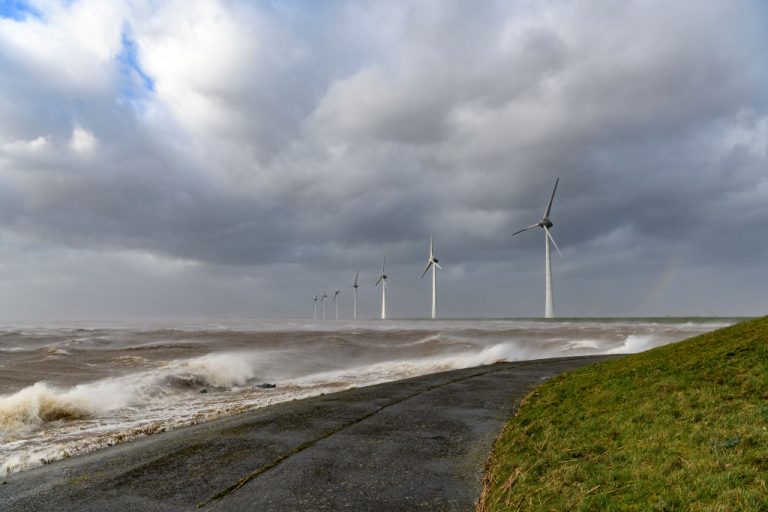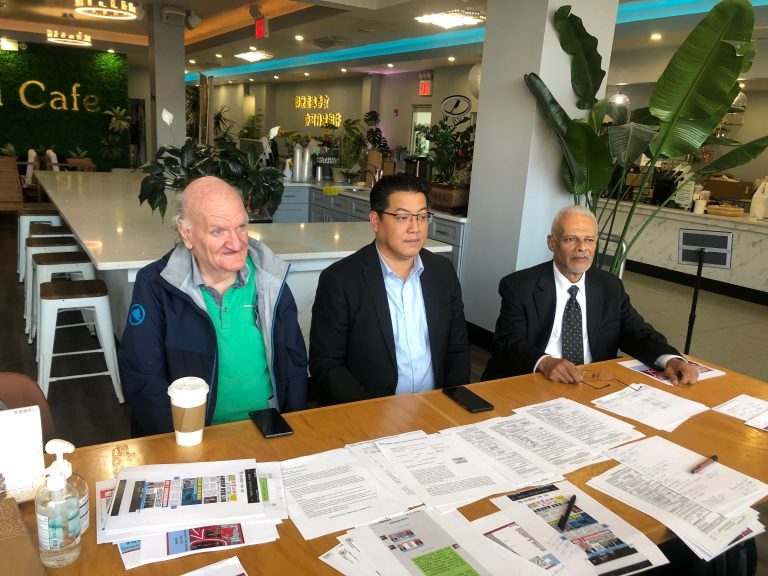In a new scientific discovery, it appears that progressive and modern mankind may be able to fulfill the adage of killing two birds with one stone: solving the food crisis and the immense waste produced by “green” energy by converting wind turbine blades into food, such as gummy bears.
The technology was announced in a recent paper published by Michigan State University researchers on ResearchGate, which found that it was possible to create new polymers from a substance created by bacterial fermentation of carbohydrates.
The substance is called poly(lactic) acid, PLA for short, and is formed using an engineered version of the Lactobacillus strain of bacteria.
MORE ON ‘GREEN’ ENERGY TROUBLES
- Biden Admin Hints at Coming Censorship of Those Who Criticize Green Energy Costs
- Amid Record Heatwave, Europe Discovers Solar Panels Inefficient in High Temperatures
- Concertgoers of ‘Green’ UK Festival Charged £80 an Hour To Charge EVs With Diesel Generator
- Wind Turbines Hindering Japan’s Missile Defense Radars
The paper states that corn is both a useful and inexpensive carbohydrate source for the bacteria to process, estimating that, using advanced fermentation technology, a pound of lactic acid could be created for as little as 25 cents.
Aug. 24 reporting by Fox2 described the substance as “durable enough for building a wind turbine, but also capable of being recycled into numerous other options, from diapers and sinks to cell phone casings and countertops.”
Success
You are now signed up for our newsletter
Success
Check your email to complete sign up
The outlet quoted chemical engineering Professor John Dorgan as stating, “You can take it, shred it, or add more polymers to make computer housing or various consumer goods like speakers, blenders, or gummy bears.”
Dorgan added in a statement that of particular note is the application for the technology to be used as a base material for wind turbines, “Larger wind turbine blades are more efficient, so companies keep making bigger and bigger ones…Often, wind farms will actually replace the turbine blades before the end of service life because the farms can generate more electricity with bigger blades.”
The topic is actually particularly apt. In June, researchers from the University of South Australia estimated that by 2050, 40 million tons of degraded wind turbine blades, often the size of airplane wings or half the size of a football field, would be headed to landfills globally because recycling is simply cost prohibitive and yields too little usable material.
“The same features that make these blades cost-effective and reliable for use in commercial wind turbines make them very difficult to recycle in a cost-effective fashion,” stated Professor Peter Majewski in a University press release.
Wind turbine blades have the lifespan of the average car at approximately 10 to 20 years.
For the PLA substance created by MSU researchers, the paper explains that the molecule can be converted back into lactic acid, which is naturally occuring in the human body, using hydrolysis or alcoholysis.
Dorgan was quoted by The Guardian as explaining, “A carbon atom derived from a plant, like corn or grass, is no different from a carbon atom that came from a fossil fuel. It’s all part of the global carbon cycle, and we’ve shown that we can go from biomass in the field to durable plastic materials and back to foodstuffs.”
In an Aug. 23 podcast interview with the American Chemical Society, Dorgan revealed that the idea works in the lab, showing pictures of gummy bears he made through the process, and then ate himself.
He told The Guardian further, “The beauty of our resin system is that at the end of its use cycle, we can dissolve it, and that releases it from whatever matrix it’s in so that it can be used over and over again in an infinite loop. That’s the goal of the circular economy.”
In 2020, Dorgan and MSU received a $2 million grant from the National Science Foundation to research ways to “upcycle” items such as “commonly disposed plastics such as grocery bags into higher uses,” stated a MSU announcement titled Reincarnating Plastics.
“In particular, the team is targeting polyethylene, a widely-used plastic that’s found in single-use grocery bags, for example. The project’s goal is to break down the polyethylene, then chemically resurrect it as a more valuable material, such as nylon used in carpets, sporting goods and even automotive parts,” the article explained.















